Many pre-industrial cultures marked and celebrated the winter and summer solstices (as well as the autumnal and spring equinoxes). This was done both as a way of marking time, and to honor or recognize the gods.
The winter solstice played a very important role in pre-Christian cultures throughout Europe, especially in Scandinavia, where winter makes the days short and the nights very long.
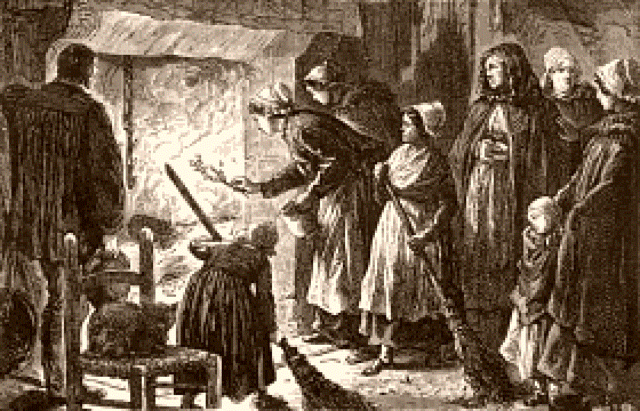
Winter solstice festivals in Viking Age Scandinavia (as well as before) were marked by many different rituals, many of which are still around today. The Old Norse festival was known as “Jol”, though it is spelled in other ways.
In modern English, the word is “Yule” and is synonymous with Christmas. Many etymologists, those brilliant people who study word origins and evolution, also believe that the word “jolly” in English has its roots in the Norse “Jol”, as does the French “joli(e)” which originally meant “festive”.
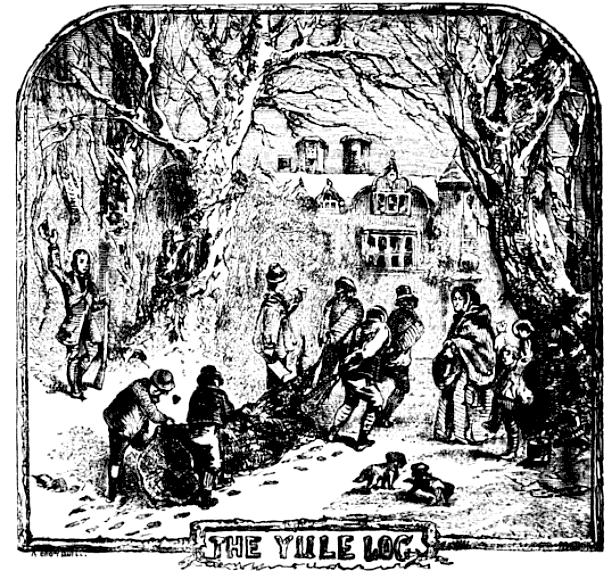
As you might already be able to tell, Norse society played a role in the construction of our Christmas celebrations.
Though Christians celebrate the birth of Christ on December 25th, most historians believe that the actual date of Jesus’ birth to have been the spring (though many Orthodox churches, especially Russia, celebrate Christmas on January 7th, due to the tradition of following the Gregorian calendar for religious holidays).
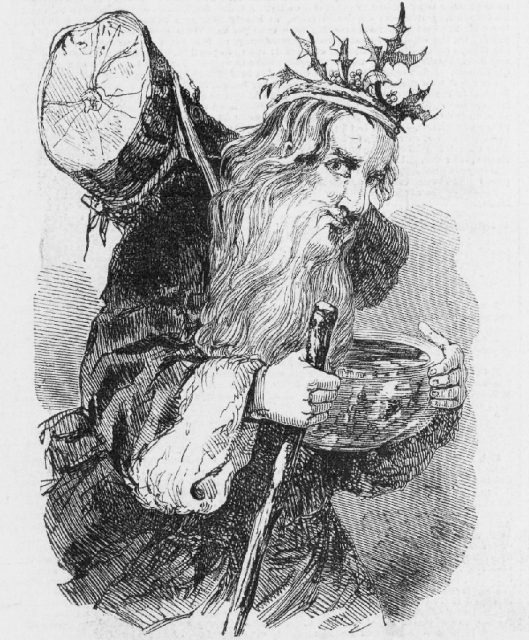
Why the discrepancy? Vikings. Well, and ancient Romans too. To make it easier to convert pagans, the Church first declared the Birth to have taken place during the Roman holiday of Saturnalia, making the transition to Christianity a bit less of a shock.
This also happened to be during the time when the people of Scandinavia celebrated Jol, the winter solstice, which marked the longest day of the year and the slow returning to light.
For Christians, Christmas begins the movement of mankind from Darkness into Light. There were twelve days of celebration for the solstice. There became “Twelve Days of Christmas”.
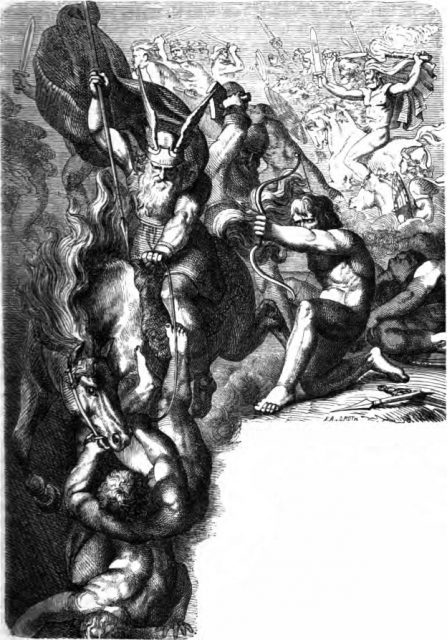
During the Jol celebrations, various plants were used to celebrate the holiday or hold in remembrance events that took place among the Æsir and Vanir, the Norse gods.
One of them was the sacrifice and eating of a boar – a sacrifice to Frey, who (along with his sister Freya) symbolized fertility, among other things. Many historians believe the tradition of the Christmas ham has its roots in this Scandinavian practice.
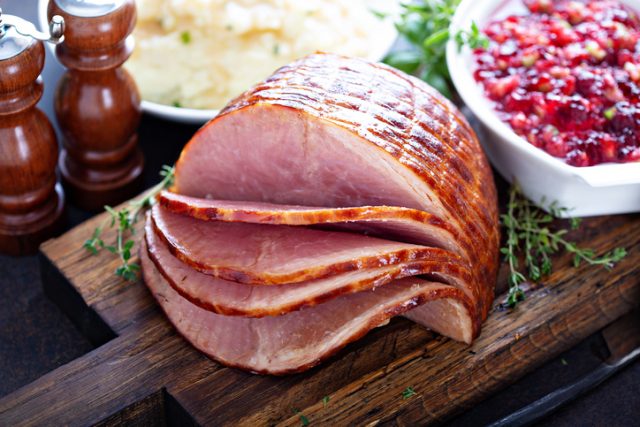
Jol celebrations included a symbolic fire, which involved the burning of large logs on the central hearth of the longhouse. This symbolized the continuation of light despite the darkness outside, as well as providing warmth.
Think of it – the so-called “Yule Log” one sometimes sees burning on obscure cable TV channels actually has its roots in the Viking longhouse.
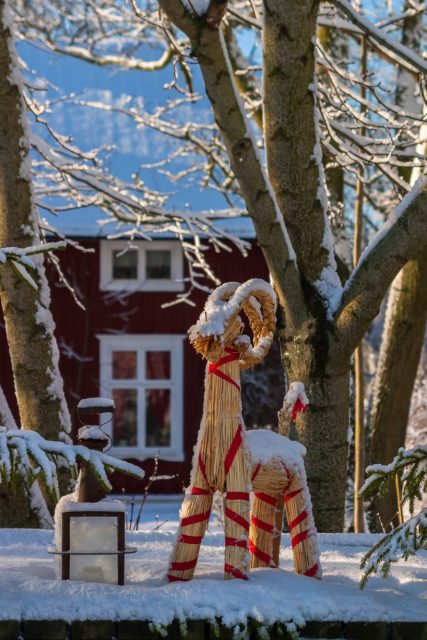
The Yule Log pastry, often decorated with nuts, cream, or cheese (or all three) is also a symbol of the Yule fire, which before burning was inscribed with runes, and decorated with sprigs of other trees – particularly holly, which stayed green all year – another reminder of the coming of the light.
In the shadowy light of the longhouse and the Yule log, one could often find an evergreen tree, decorated with statues of the gods, runes, pieces of food or bright clothing.
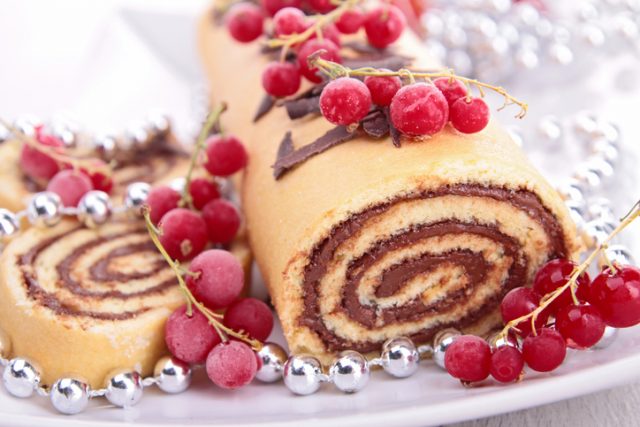
In the corners of millions of houses throughout the Christian world (and sometimes even outside of it, in the case of Japan, for example), one finds the modern version of the Vikings’ tree – the Christmas tree, which remains green, reminding people that light will return.
In Norse mythology, a branch of mistletoe, thrown by the god Höđr at the prodding of Loki (the god of mischief), killed the most beautiful and blessed of the gods, Baldr, who was protected by a spell against all weapons – except the overlooked mistletoe.
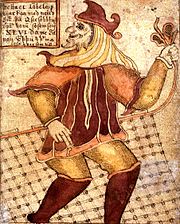
Some old Scandinavian traditions have it that Baldr’s mother, Frigga, would resurrect her son when her tears stained the red berries of the mistletoe white. Her tears would provide “the kiss of life”.
Incidentally, in recent years, some historians have put forth the notion that Christianity made relatively easy inroads into Denmark, Iceland, Sweden (and later Norway) because it was easy for Vikings to see that Christ’s resurrection was much like that of Baldr, the beautiful and blessed son of the “All-Father”.
Norse tradition had it that their gods frequently came down from Asgard and interacted with people, mostly in disguise. Donning one of those disguises was Odin, who, during the winter solstice, became what we would recognize as “Old Man Winter” — often riding his great eight-legged white steed Sleipnir, whose speed was so great that he could travel the earth in one night.
Read another story from us: Viking Sword Discovered all the way in Turkey
When the Vikings invaded Christian England in the early Middle Ages, the English turned Old Man Winter into “Father Christmas” aka “Santa Claus”.
